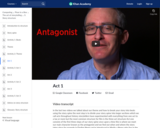
Introduction to Act 1.
- Subject:
- Applied Science
- Arts and Humanities
- Computer Science
- Graphic Arts
- Material Type:
- Lesson
- Provider:
- Khan Academy
- Provider Set:
- Pixar
- Author:
- Disney Pixar
- Khan Academy
- Date Added:
- 07/15/2021

Introduction to Act 1.
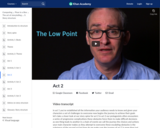
Overview of Act 2.
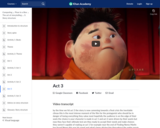
Introduction to Act 3.

Some advice from our storytellers.
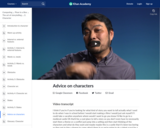
More advice to new writers.
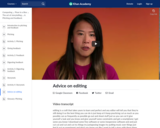
Advice on editing.
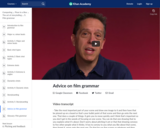
Advice for storytellers.
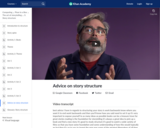
Advice from storytellers on structure.
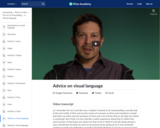
Advice from our storytellers.
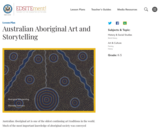
Australian Aboriginal art is one of the oldest continuing art traditions in the world. Much of the most important knowledge of aboriginal society was conveyed through different kinds of storytelling—including narratives that were spoken, performed as dances or songs, and those that were painted. In this lesson students will learn about the Aboriginal storytelling tradition through the spoken word and through visual culture. They will have the opportunity to hear stories of the Dreamtime told by the Aboriginal people, as well as to investigate Aboriginal storytelling in contemporary dot paintings.

Overview of basic shot types.

This 3-day activity reinforces what students have learned about animals. The activities focus on pets: cats, dogs, birds, and fish. Main Curriculum Tie: English Language Arts Kindergarten Reading: Literature Standard 2, with prompting and support, retell familiar stories, including key details. Activities in this unit reinforce what students have learned throughout the year about animals. For each activity, a different group of animals is studied. These activities focus on pets: cats, dogs, birds, and fish. Students will re-read both fiction and non-fiction stories that have been previously introduced during the school year. As they read the books, they will have activities to complete in order to earn their “badge” for that animal. Each student will make a paper bag vest on which they will be able to display badges they have earned.
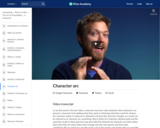
Character transformation and their needs.
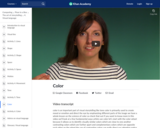
How color is used in visual storytelling.

Feedback and notes.

Learn more www.pixarinabox.org.

Students will tell a story that explains who they are using Educreations.

Introduction to extreme shots and angles.

Migrant youth in Palermo, Italy, are documenting their lives to ensure their stories are not just told by those in power.
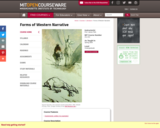
Major narrative texts from diverse Western cultures, beginning with Homer and concluding with at least one film. Emphasis on literary and cultural issues: on the artistic significance of the chosen texts and on their identity as anthropological artifacts whose conventions and assumptions are rooted in particular times, places, and technologies. Syllabus varies, but always includes a sampling of popular culture (folk tales, ballads) as well as some landmark narratives such as the Iliad or the Odyssey, Don Quixote, Anna Karenina, Ulysses, and a classic film. This class will investigate the ways in which the formal aspects of Western storytelling in various media have shaped both fantasies and perceptions, making certain understandings of experience possible through the selection, arrangement, and processing of narrative material. Surveying the field chronologically across the major narrative genres and sub-genres from Homeric epic through the novel and across media to include live performance, film, and video games, we will be examining the ways in which new ideologies and psychological insights become available through the development of various narrative techniques and new technologies. Emphasis will be placed on the generic conventions of story-telling as well as on literary and cultural issues, the role of media and modes of transmission, the artistic significance of the chosen texts and their identity as anthropological artifacts whose conventions and assumptions are rooted in particular times, places, and technologies. Authors will include: Homer, Sophocles, Herodotus, Christian evangelists, Marie de France, Cervantes, La Clos, Poe, Lang, Cocteau, Disney-Pixar, and Maxis-Electronic Arts, with theoretical readings in Propp, Bakhtin, Girard, Freud, and Marx.